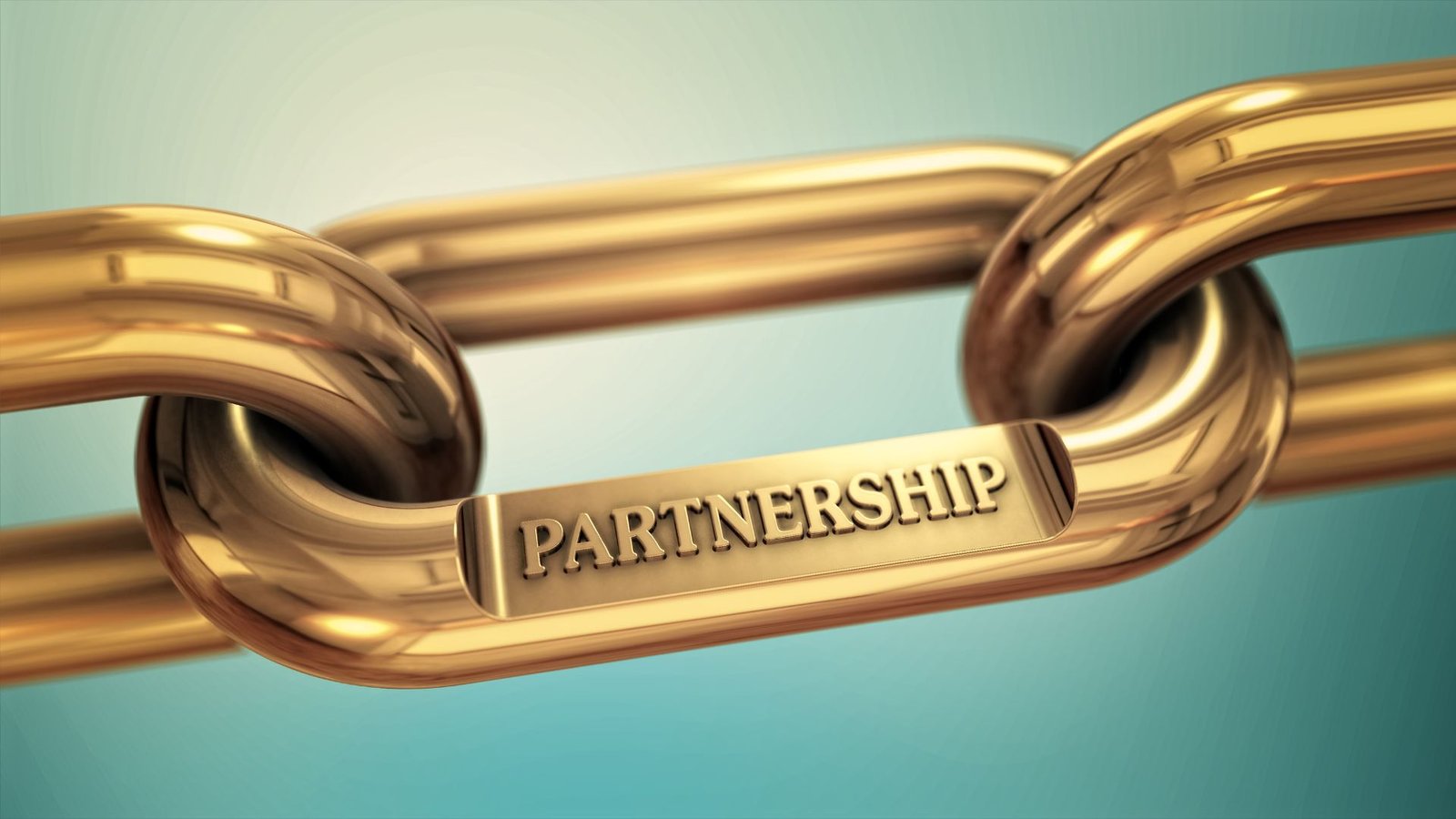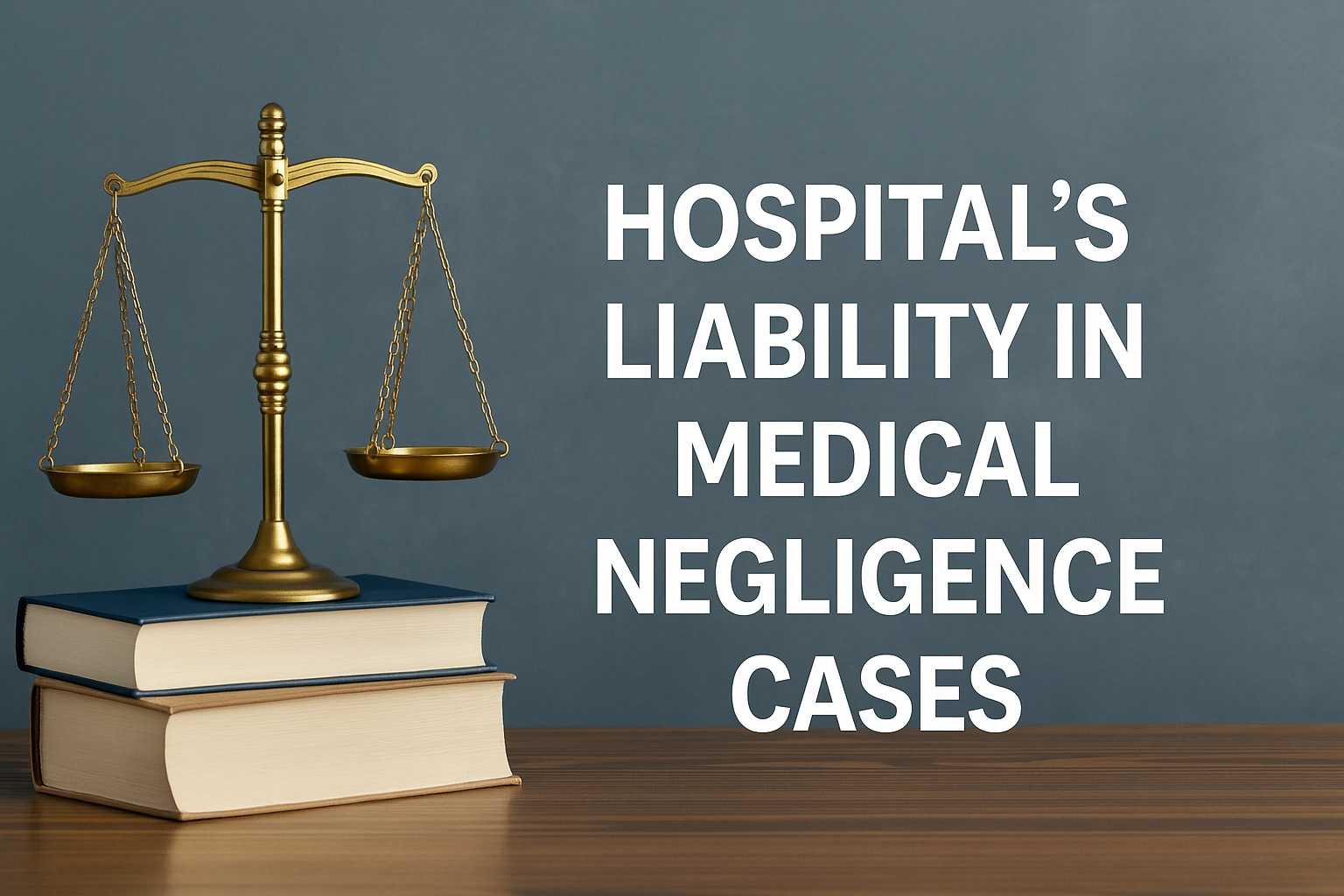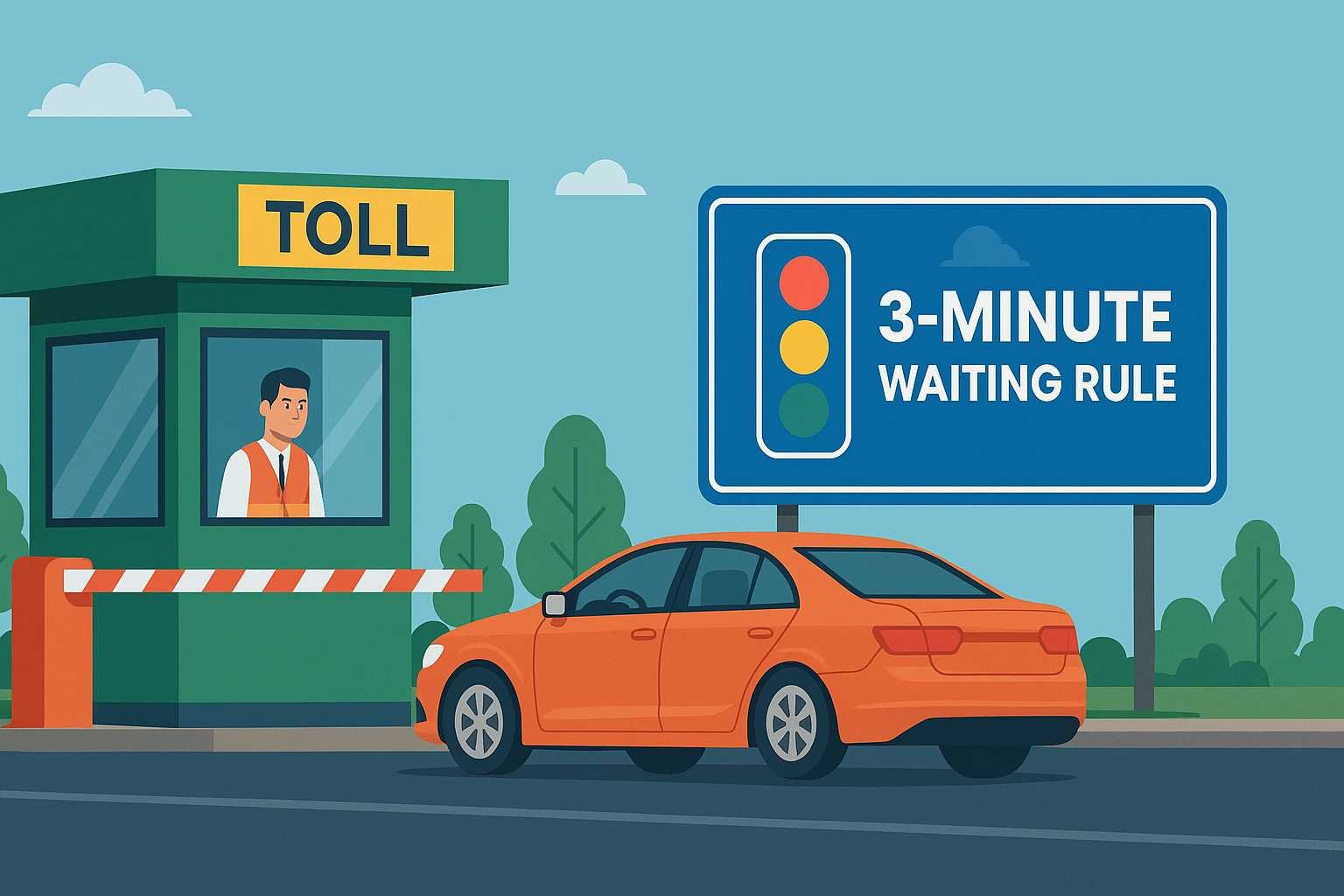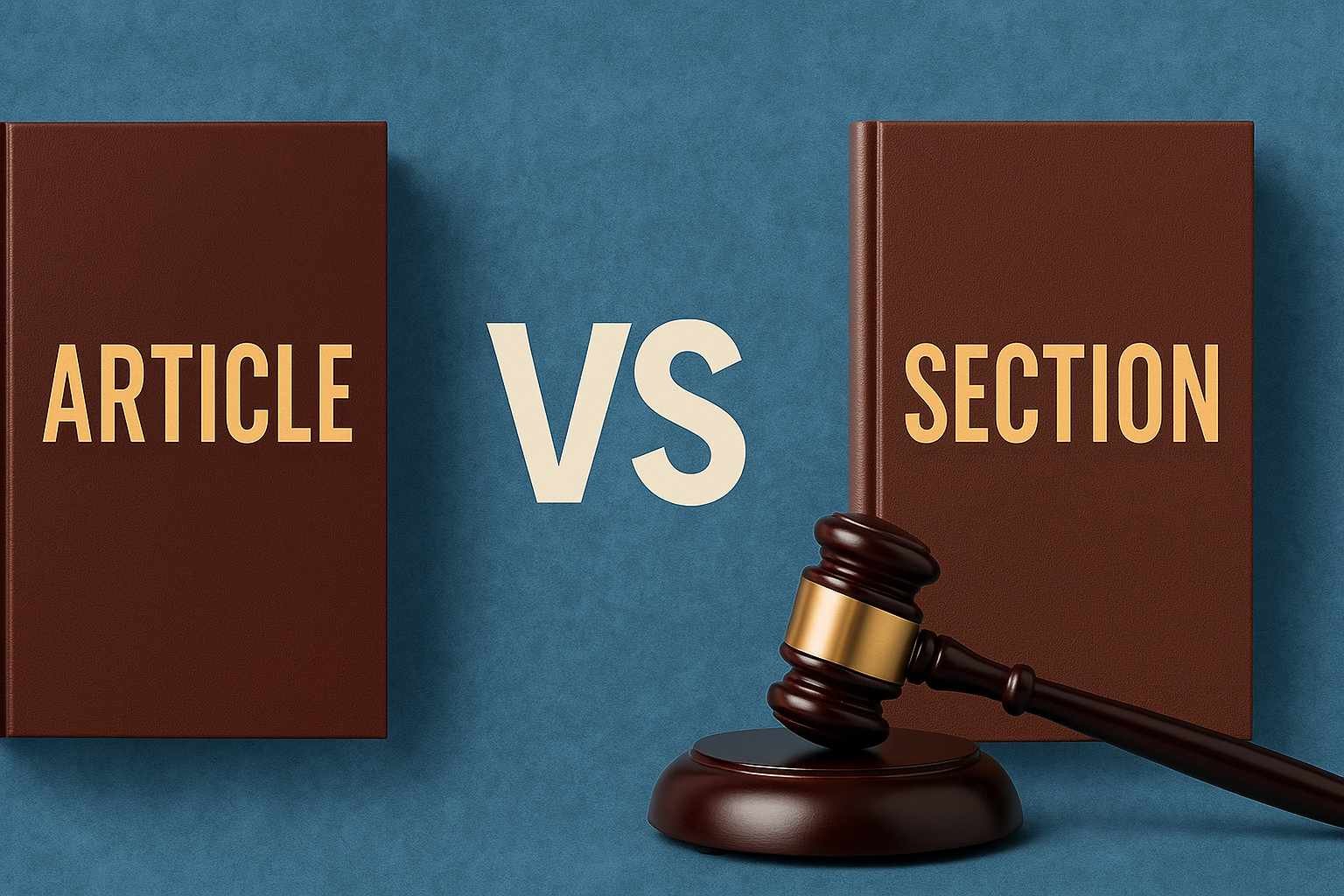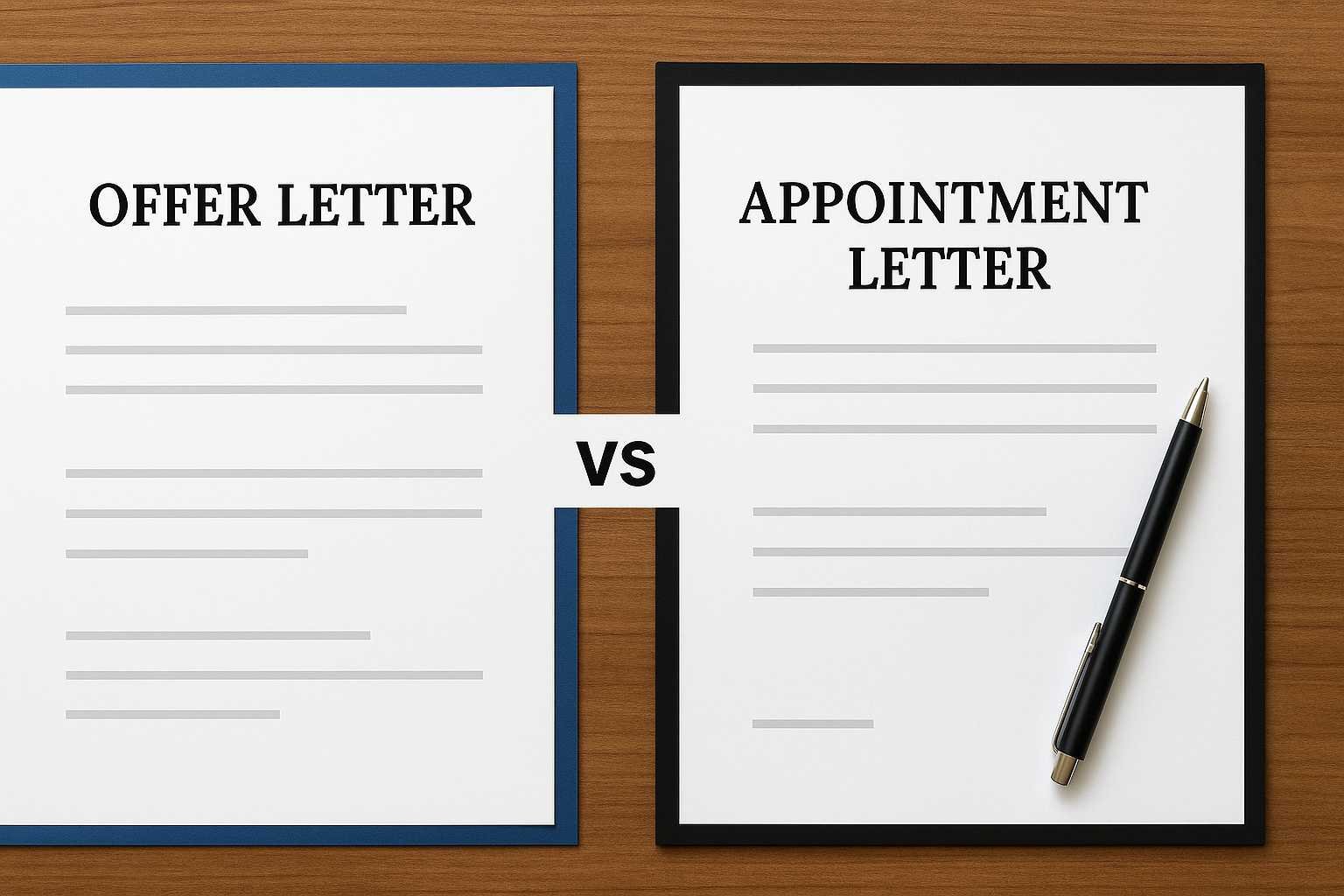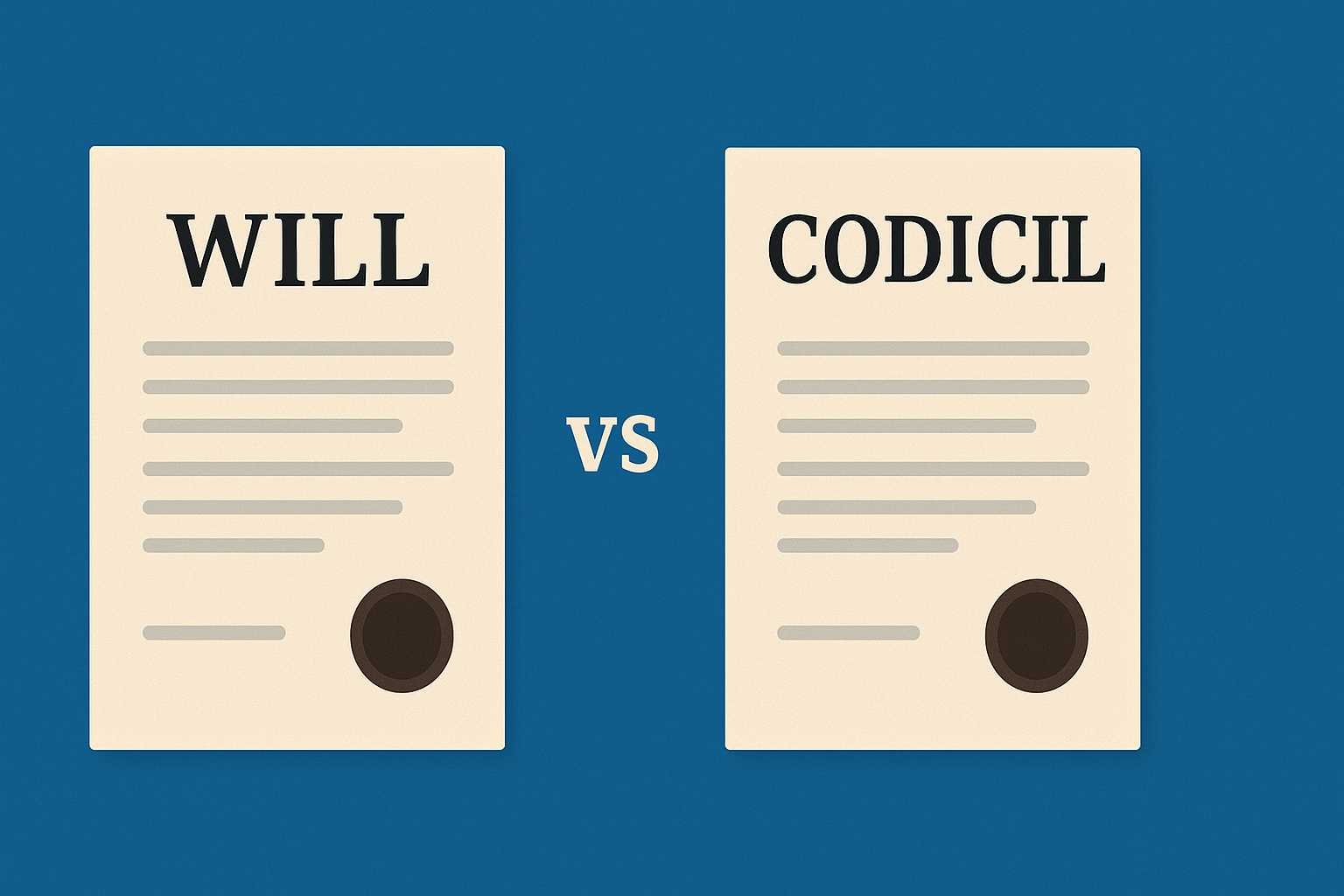On this page you will read detailed information about Non-Disclosure Agreement.
Understanding the details of a non-disclosure agreement is vital as you consider sharing sensitive information with a business partner. As you read further, this 100-word introduction will provide a high-level understanding of key aspects that comprise these legally binding contracts known as NDAs. Gaining knowledge in the components that make up these confidentiality agreements allows you to protect proprietary information assets now and in the future business relationships you establish. With an informed perspective going into any partnership potentially requiring signatures on NDAs, you position yourself to ask the right due diligence questions around restricting use of private material per the document’s outlined terms.
What Is a Non-Disclosure Agreement (NDA)?

A non-disclosure agreement (NDA), also known as a confidentiality agreement, is a legal contract between two or more parties that outlines confidential information, knowledge, or material that the parties wish to share with one another for certain purposes, but wish to restrict access to or by third parties. An NDA creates a confidential relationship between the parties to protect any type of trade secret or proprietary information.
NDAs are common in business relationships and partnerships, especially in technology and other innovation-focused industries. The key purpose of an NDA is to protect intellectual property (IP) and maintain a competitive advantage in the marketplace. For example, companies may sign NDAs to evaluate a potential partnership, investment, or acquisition. Employees also regularly sign NDAs to protect company IP and customer information.
The key provisions or clauses of a standard NDA include:
- Definition of confidential information: This establishes what information, such as trade secrets, financial data, or proprietary processes, is considered confidential under the agreement.
- Obligations of the receiving party: This outlines the responsibilities of the party receiving the confidential information, such as limiting its use and distribution.
- Time period of confidentiality: This specifies how long the information must remain confidential, often 3-5 years.
- Exceptions: This notes any exceptions to confidentiality, e.g. if the information becomes public through no fault of the receiving party.
- Remedies for breach: This section establishes potential legal consequences if the receiving party discloses the confidential information, such as financial penalties or termination of the business relationship.
NDAs provide an important legal safeguard for innovative companies and help facilitate business partnerships that otherwise may not be possible without assurances of confidentiality and IP protection. While the specific terms of an NDA can be complex, understanding the basic purpose and key provisions of these useful agreements can help demystify the process.
When Is an NDA Used?
Non-disclosure agreements (NDAs), also known as confidentiality agreements, are legally binding contracts used when two parties wish to share sensitive information but want to restrict access to it. NDAs specify what information is confidential and who has access to it.
Business Partnerships & Ventures
When companies join forces through partnerships, joint ventures, or mergers and acquisitions, NDAs are commonly used. They ensure that proprietary details about operations, trade secrets, assets, strategies, and other private matters remain within a close group during initial discussions and negotiations. Once deals are finalized, the NDA terms may be revisited or new agreements drafted.
Employment
Job candidates and employees are often required to sign NDAs to protect company trade secrets, intellectual property, and other private details that may be shared during the hiring process or over the course of work. The NDA establishes clear rules around what information individuals have access too and how it can be used during and after employment. Violating an NDA can result in legal consequences.
Business Deals & Contracts
NDAs are frequently used when companies are exploring potential deals or partnerships. They allow parties to openly discuss concepts, share financial details, exchange product information, and propose terms before commitments are made. If talks dissolve, the NDA helps ensure details remain private. Once deals are struck, the NDA may be replaced or updated.
Product Development & Testing
Innovative companies use NDAs to protect new products, services, and technologies still in development. Individuals and organizations that participate in product testing, focus groups, beta programs, and the like may be required to sign an NDA to avoid information leaks that could damage commercial prospects or give competitors an advantage.
In summary, NDAs are versatile legal tools used across business contexts to facilitate open communication while restricting access to sensitive information. They establish confidentiality rules, specify what details can be shared and by whom, and outline potential consequences for violations. For many companies, NDAs have become standard practice in today’s competitive global marketplace.
In the previous post, we had shared information about Master Service Agreement: Purpose, Contents, and Key Provisions, so read that post also.
Key Components of an NDA
An NDA typically contains several key sections to establish the agreement between the parties involved.
Identification of Parties
The NDA will identify the individuals or organizations that will be exchanging confidential information. This includes the full legal names and addresses of the parties.
Definition of Confidential Information
The agreement must clearly define what constitutes “confidential information.” This could include trade secrets, proprietary information, or intellectual property. The definition should be as specific as possible to avoid ambiguity. Examples include customer lists, software code, formulas, or business practices.
Exclusions from Confidentiality
The NDA will specify any information that is excluded from the confidentiality obligations. This includes information that is already public knowledge or information obtained from a third party. Exclusions prevent parties from claiming that publicly available information or general industry knowledge is covered under the NDA.
Obligations of Confidentiality
This section establishes how the parties must handle and protect the confidential information. Common requirements include:
- Not disclosing the information to third parties.
- Only using the information for the purpose specified in the agreement.
- Implementing appropriate safeguards to prevent unauthorized access or disclosure.
- Requiring employees and contractors with access to sign their own NDAs.
Timeframe
The NDA will specify how long the confidentiality obligations remain in effect. This is often for a fixed time period, e.g. 2-5 years, or indefinitely. A fixed time period is more common as information tends to lose its confidential nature over time.
Consequences of Breach
The agreement will define the potential legal consequences if a party breaches the NDA, such as monetary damages or injunctive relief. This deters parties from improperly using or disclosing confidential information.
In summary, a well-drafted NDA helps build trust between parties by providing legal protection for sensitive information. With the key components addressed thoroughly, an NDA can give companies the confidence to share trade secrets and propel business relationships.
NDA Meaning: Understanding the Legal Implications
A non-disclosure agreement (NDA), also known as a confidentiality agreement, is a legally binding contract between two or more parties that prohibits the disclosure of proprietary or confidential information. NDAs are commonly used when businesses or individuals want to share sensitive information with an external party but want to limit how that information is used or shared.
Defining Confidential Information
The NDA will specify what information is considered confidential under the agreement. This may include trade secrets, financial data, product designs, client lists, and other intellectual property. The parties signing the NDA agree not to disclose this information to any third parties without prior written consent. They may also be prohibited from using the information for their own commercial benefit.
Penalties for Breach of Contract
If a party breaches the NDA by improperly disclosing or using confidential information, they may face legal penalties. The NDA will stipulate the consequences, which could include:
- Financial damages: The breaching party may have to pay monetary damages for losses incurred from the breach.
- Injunction: A court order may be issued to stop any unauthorized use or further disclosure of information.
- Return of materials: The breaching party may be required to return or destroy all confidential information received under the NDA.
Termination of the Agreement
The NDA will specify under what conditions the agreement can be terminated. This often includes a timeframe after which the information is no longer considered confidential, or when the disclosing party notifies the receiving party in writing that the NDA has been terminated. Even after termination, the receiving party must continue to keep all previously shared information private.
NDAs provide an important legal safeguard for businesses to protect their intellectual property and trade secrets when collaborating or sharing sensitive information with other parties. Understanding the meaning, terms, and implications of an NDA is essential before signing one. Consulting a legal professional for advice on NDAs and their enforceability is also recommended.
Non-Disclosure Agreement FAQs
As the name suggests, a non-disclosure agreement (NDA) is a legally binding contract that prevents one or more parties from disclosing confidential information. If you have sensitive information you want to share with another party, an NDA helps ensure that information is kept private.
The primary purpose of an NDA is to protect confidential information, trade secrets, or intellectual property that you do not wish to become public knowledge. By signing an NDA, the receiving party agrees not to disclose the information to any third parties. NDAs can cover discussions, documents, technology, research, or other proprietary details.
An NDA establishes obligations of confidentiality and non-disclosure between the parties signing the agreement. It specifies what information is confidential, how it can be used, and for how long it must be kept private. The NDA also outlines penalties if the agreement is breached, such as financial damages or termination of business relations. Each party must sign the NDA before any confidential information is disclosed.
Definition of confidential information: This specifies what information is covered under the NDA. It could be broad or narrow in scope.
Obligation of confidentiality: This requires the receiving party to keep the information private and not disclose it to any third parties.
Exceptions to confidentiality: This outlines any scenarios where disclosure is permitted, such as if required by law.
Time period: The NDA will specify how long the obligation of confidentiality lasts. Common periods are 2-5 years but can be longer.
Consequences of breach: Penalties for breaching the NDA, e.g. financial compensation or termination of the business relationship.
Return or destruction of information: The receiving party may be required to return or destroy confidential information upon request or at the end of the time period.
NDAs are commonly signed when sharing sensitive information with employees, contractors, clients, partners, investors, or any outside party. If confidential information will be disclosed during business discussions, product demonstrations, or negotiations, an NDA helps provide legal protection. For any legally binding contract, it is best for both parties to have the NDA reviewed by their legal counsel before signing.
Conclusion
In closing, as we have explored, non-disclosure agreements are essential legal contracts used to protect confidential information and trade secrets. By signing an NDA, you formally agree to not share sensitive details that you gain access to. Understanding the purpose and key clauses in these binding documents is crucial – noncompliance can result in heavy legal penalties. Looking ahead, continue educating yourself on proper NDAs, ensure you fully read any you sign, seek counsel if needed to clarify obligations, and uphold integrity by keeping private details confidential. Doing so promotes mutual trust and paves the way for more open communication and potential partnerships going forward.
Disclaimer
The information and services on this website are not intended to and shall not be used as legal advice. You should consult a Legal Professional for any legal or solicited advice. While we have good faith and our own independent research to every information listed on the website and do our best to ensure that the data provided is accurate. However, we do not guarantee the information provided is accurate and make no representation or warranty of any kind, express or implied, regarding the accuracy, adequacy, validity, reliability, availability, or completeness of any information on the Site. UNDER NO CIRCUMSTANCES SHALL WE HAVE ANY LIABILITY TO YOU FOR ANY LOSS OR DAMAGE OF ANY KIND INCURRED AS A RESULT OR RELIANCE ON ANY INFORMATION PROVIDED ON THE SITE. YOUR USE OF THE SITE AND YOUR RELIANCE ON ANY INFORMATION ON THE SITE IS SOLELY AT YOUR OWN RISK. Comments on this website are the sole responsibility of their writers so the accuracy, completeness, veracity, honesty, factuality and politeness of comments are not guaranteed.
So friends, today we talked about Non-Disclosure Agreement, hope you liked our post.
If you liked the information about Non-Disclosure Agreement, then definitely share this article with your friends.
Knowing about laws can make you feel super smart ! If you find value in the content you may consider joining our not for profit Legal Community ! You can ask unlimited questions on WhatsApp and get answers. You can DM or send your name & number to 8208309918 on WhatsApp



